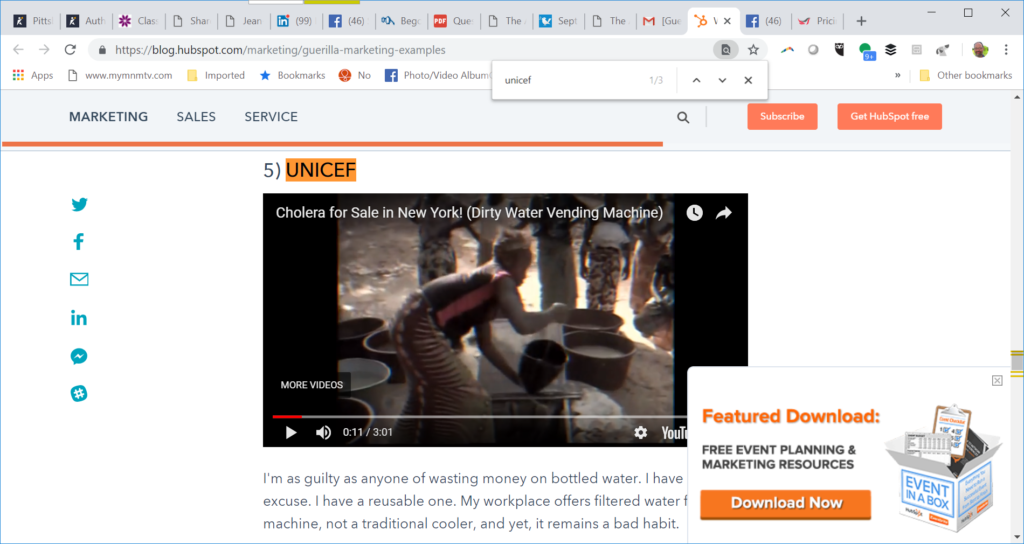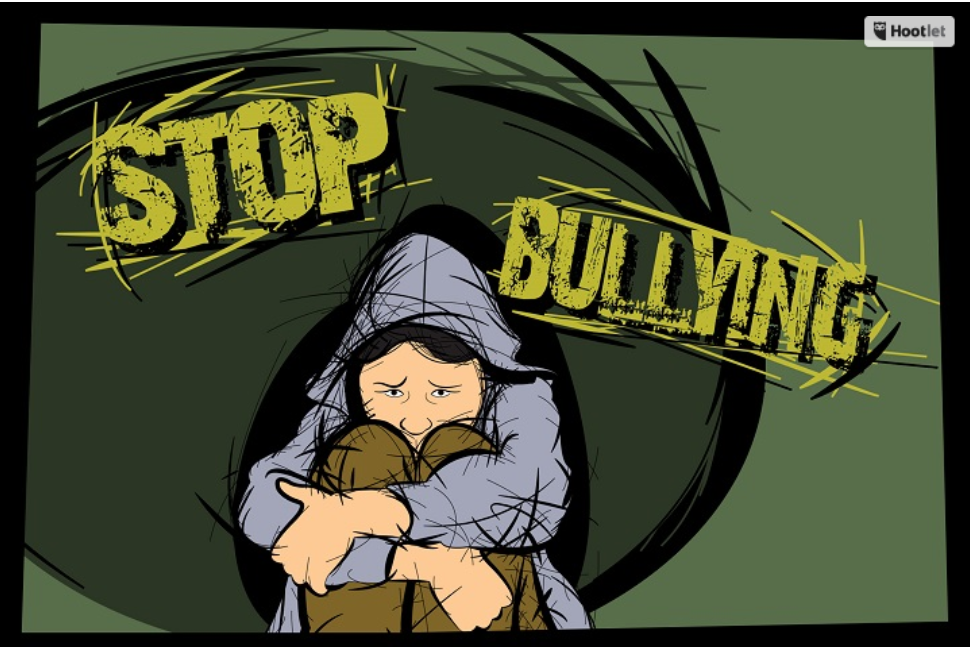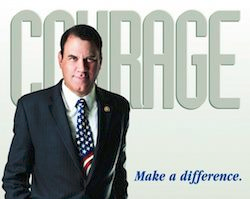If You Must “Nostalgia-Wash,” Do It Better Than This
Nostalgiawashing: pretending that you represent the “good old days” of small-town, small-business artisanship while actually running a large, highly mechanized operation.
Although I just invented the term (zero relevant hits on Google), nostalgiawashing’s been a thing for decades. Think about Jack Daniels or Pepperidge Farm. Or nostalgia-driven experience-based companies like Cracker Barrell and even Disney. (Disney is a bit schizophrenic on this, because it markets both nostalgia (for example, Main Street, USA) and its opposite, which I’ll call “tomorrowism” (for example, Epcot). All these companies try to bring us back to a simpler era, when nearly all the figures of authority were straight, white, middle-aged, able-bodied Christian men, and when the upper class could mostly avoid contact with the “masses yearning to breathe free”: immigrants and locally-born alike in the lower classes. Of course, that era never actually existed!
I’m not going on the warpath to eliminate nostalgia-based marketing, even when I think it’s deceptive enough to be called nostalgiawashing. But at least don”t insult our intelligence with it!
This is inspired by a mailing that did insult my intelligence. It was a card that offered “warm winter wishes” on the outside and then offered me a discount on replacement windows and “one of my favorite holiday recipes” (included on a separate index card). I have been a customer, getting replacement patio doors from them a few years ago, so I’ll give them credit for at least keeping in contact. Here’s why it didn’t work:


- The envelope used a very nice handwriting font, but a return address sticker without a name, just an address…a first-class presort stamp and a sprayed-on barcode. It wasn’t difficult to figure out that this was bulk mail, though I thought it was from a charity.
- The card is in a different handwriting font, even though it purports to be from the same person who addressed it. And they even positioned the text so it slants up the page–but uniformly on every line??? Come on, people, do you really think you’re fooling anyone?
- I understand why the recipe card, on what pretends to be an old-fashioned index card, uses yet a third handwriting font–because, of course, the manager’s “Aunt Amy” wrote it. But at the end of the second side (not shown), it has a copyright notice in the name of the company. And the recipe itself is something I personally found disgusting. I can’t imagine wanting to make a dessert out of a whole sleeve of saltines, and Heath bar bits.
Of course, I don’t happen to be in the market for new windows anyway. Even if the mailer had been brilliant, I don’t need what they’re selling. But if they were a client of mine, I would have not only used a completely different approach, but recognized that not a lot of previous customers necessarily need four more windows right now and provided incentives for referrals.








